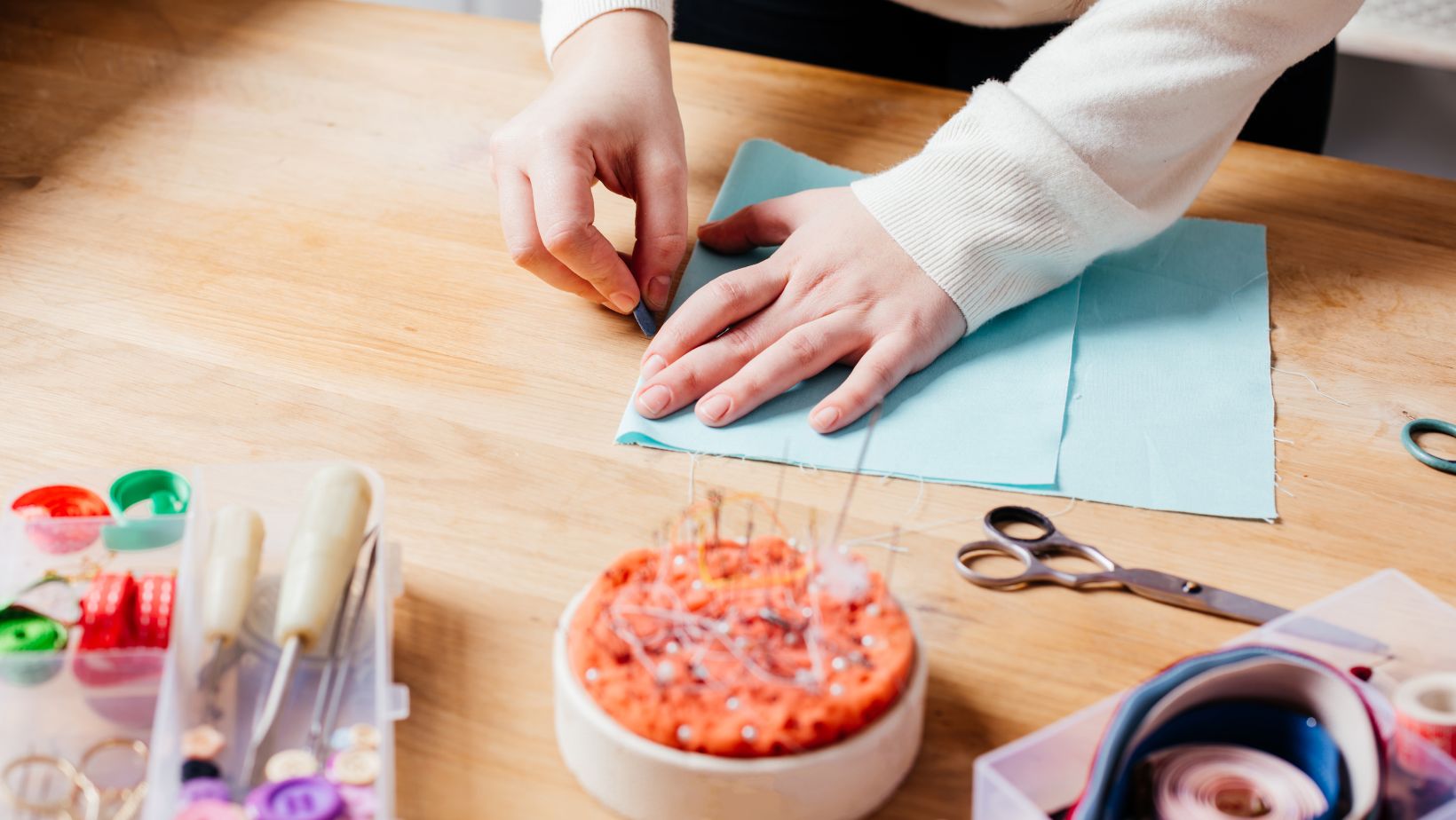Creating a mask in Adobe Illustrator may seem like a daunting task, but with the right tutorial, it can become a simple and enjoyable process. In this step-by-step guide, I’ll walk you through the process of creating a mask in Illustrator, allowing you to add depth and dimension to your designs.
To start off, open Adobe Illustrator and create a new document or open an existing one that you’d like to work on. Next, select the object or group of objects that you want to apply the mask to. With the selection made, navigate to the “Object” menu, choose “Clipping Mask,” and then select “Make.” Voila! Your selected objects are now masked within the shape you’ve chosen.
Table of Contents
ToggleHow to Create a Mask in Illustrator
Different Types of Brushes
When it comes to creating masks in Illustrator, selecting the right brush is crucial. Illustrator offers a variety of brush types that can be used to achieve different effects and textures. Let’s take a closer look at some common brush options:
- Art Brushes: These brushes are versatile and allow you to create strokes that resemble traditional art mediums like pencil or paintbrush. They are perfect for achieving organic, hand-drawn looks.
- Pattern Brushes: If you want to add repetitive patterns or decorative elements to your mask, pattern brushes are an excellent choice. They consist of a series of shapes arranged along a path, making them ideal for creating borders or intricate designs.
- Calligraphic Brushes: Calligraphic brushes mimic the smooth flow of calligraphy pens and can help you achieve elegant and fluid lines in your masks. They come in various widths and are great for adding stylized details or textural elements.
- Scatter Brushes: Scatter brushes offer the ability to scatter multiple instances of shapes along a path, allowing you to create textured effects like grass, stars, or confetti effortlessly.
Consider the Purpose and Effect
Before settling on a specific brush type for your mask creation, consider the purpose and effect you want to achieve with your artwork. Here are a few points to keep in mind:
- Style Consistency: Ensure that the chosen brush style aligns with the overall aesthetic of your illustration or design project.
- Emphasis on Texture: Certain brushes excel at adding texture and depth to your masks, while others focus more on clean lines and precision.
- Visual Impact: Choose brushes that enhance the visual impact of your artwork based on its subject matter or concept.

Importing and Preparing Your Image
Preparing Your Image for Masking
Before diving into the masking process in Illustrator, it’s crucial to ensure that your image is properly prepared. Here are a few steps to follow:
- Crop and Resize: Start by cropping your image to remove any unnecessary elements. This will help you focus on the subject that you want to mask. Additionally, consider resizing your image to fit within the desired dimensions of your project.
- Adjust Brightness and Contrast: Fine-tune the brightness and contrast levels of your image if needed. This step can help enhance the details and make it easier to work with during the masking process.
- Remove Background Distractions: If there are any distracting elements in the background of your image, use tools like Photoshop’s Content-Aware Fill or Clone Stamp tool to clean up these areas before importing it into Illustrator.
Understanding the Masking Process in Illustrator
Now that you have a properly prepared image, let’s take a closer look at how masking works in Illustrator.
- What is Masking?: In Illustrator, masking allows you to hide portions of an object or an image without permanently deleting them. By creating a mask, you can reveal specific parts while concealing others based on defined shapes or paths.
- The Mask vs The Object: When applying a mask, keep in mind that there are two main components: the mask itself (the shape or path used for hiding) and the object being masked (the content that gets revealed or concealed). Understanding this relationship is essential for achieving desired effects.
- Editing Masks: Illustrator provides various tools for editing masks, including selection tools, anchor point manipulation options, and more. These tools allow you to refine your masks precisely according to your requirements.
In Conclusion, by properly preparing your image and understanding the masking process in Illustrator, you’ll be equipped to create stunning masked designs that seamlessly integrate with your projects. So take the time to fine-tune your images and explore the vast possibilities of masking in this powerful design tool.






